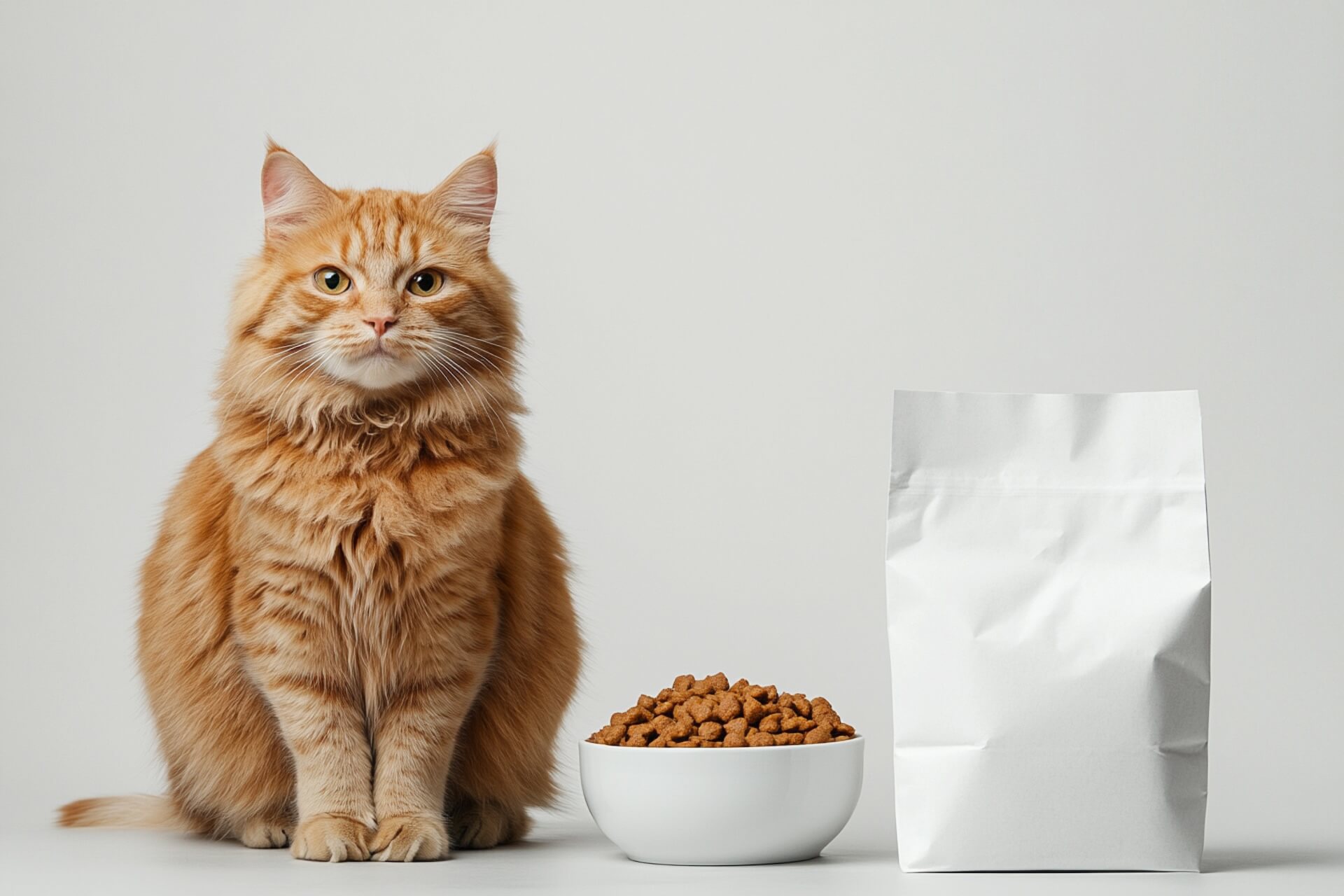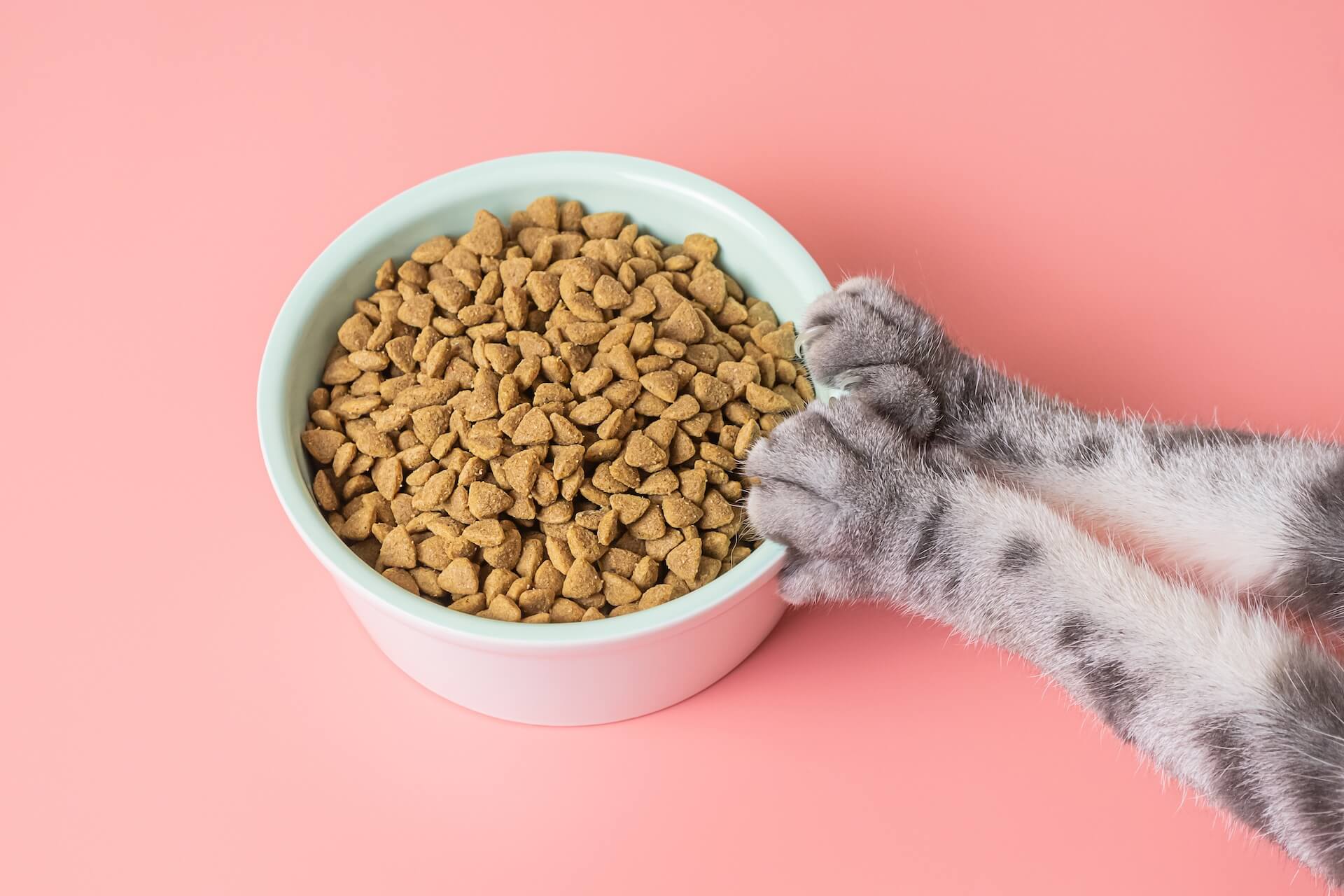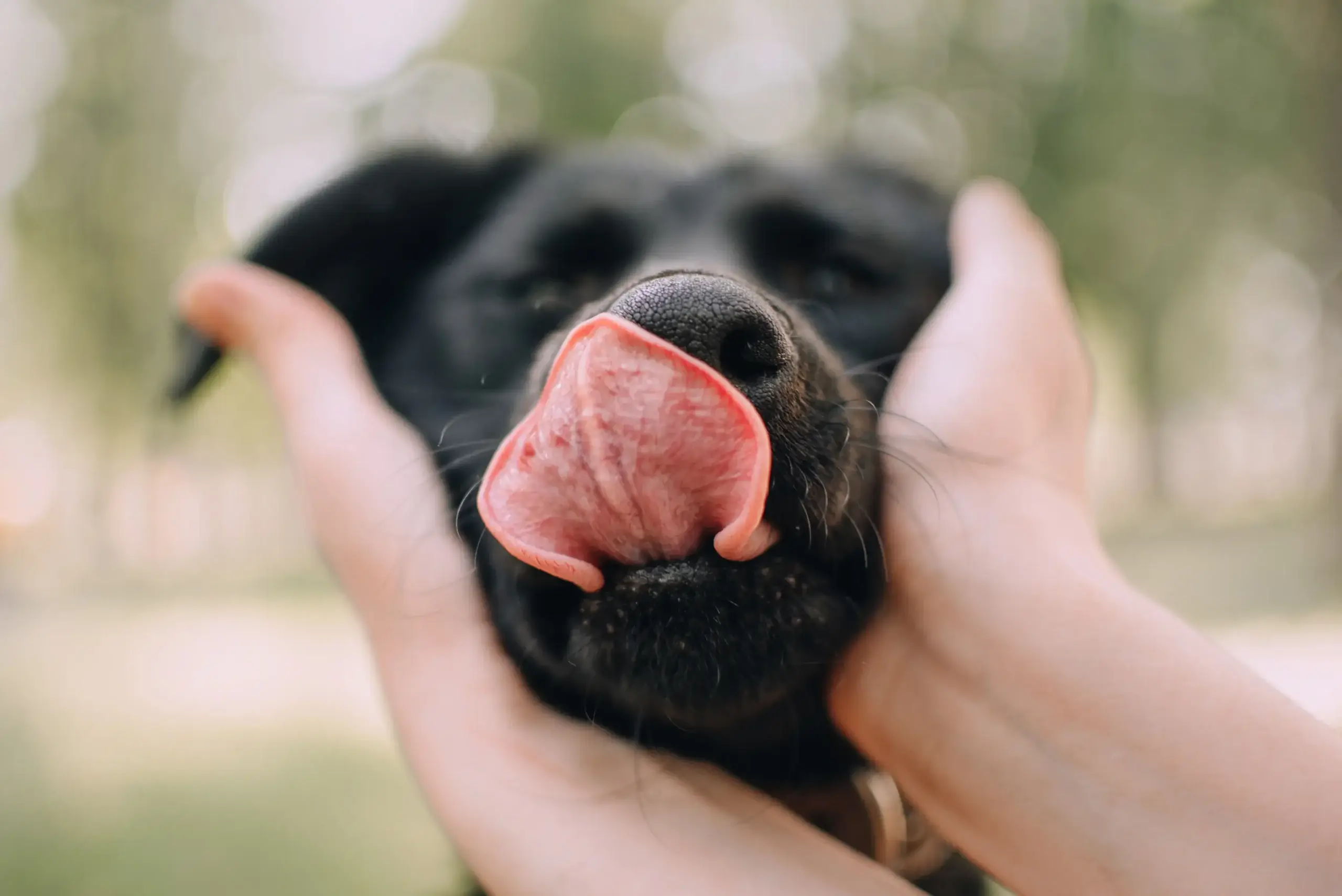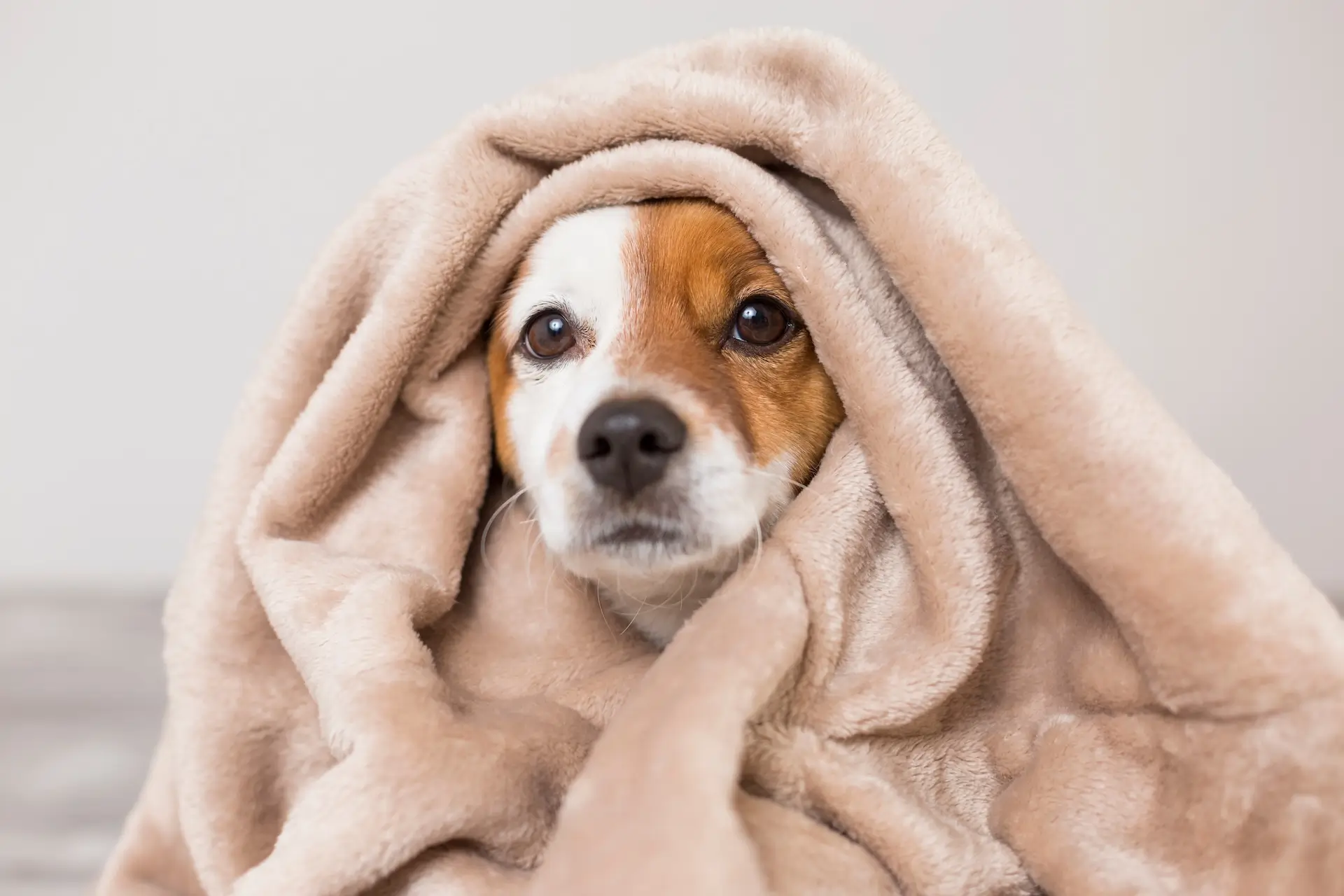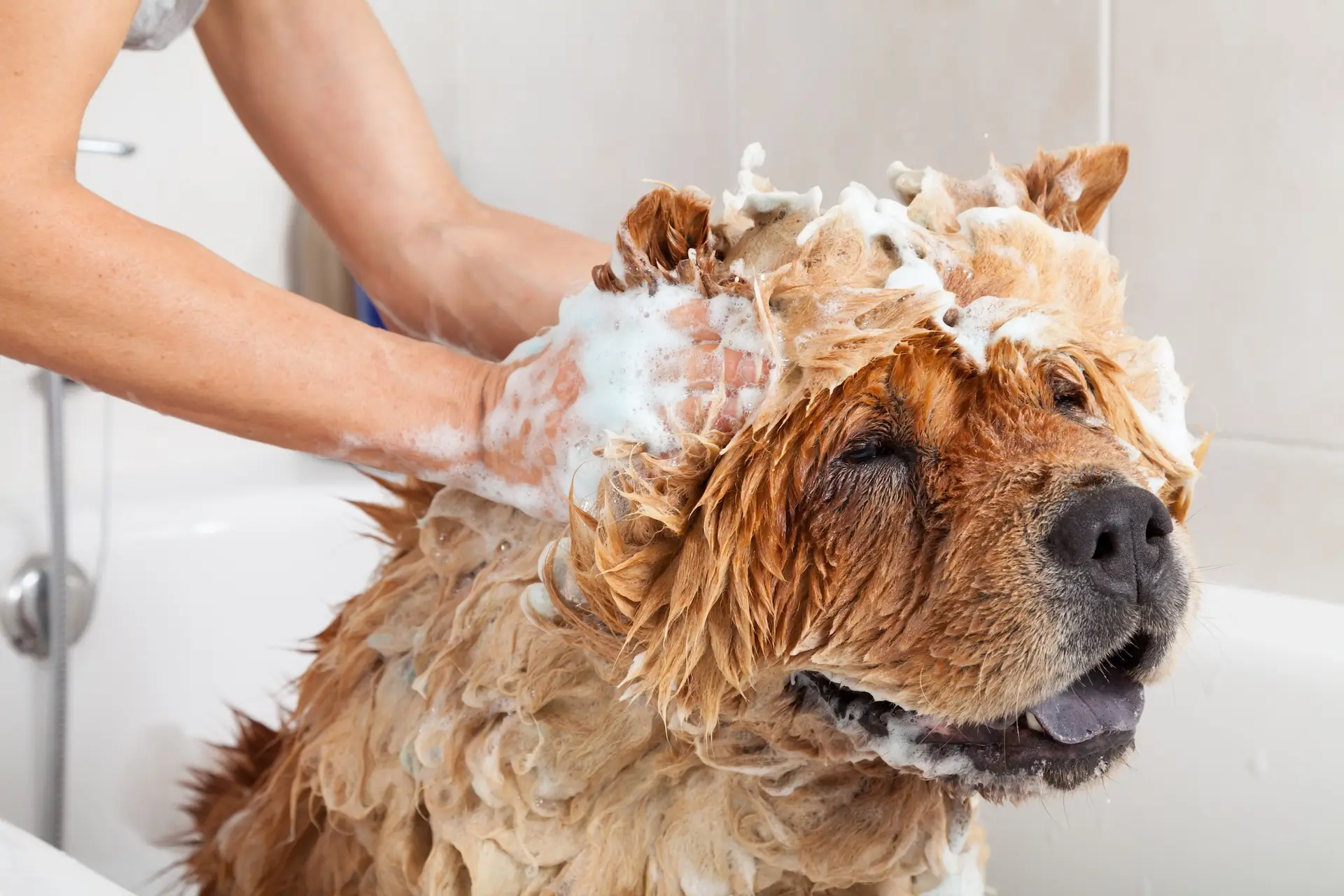Naju Pets | November 6, 2025
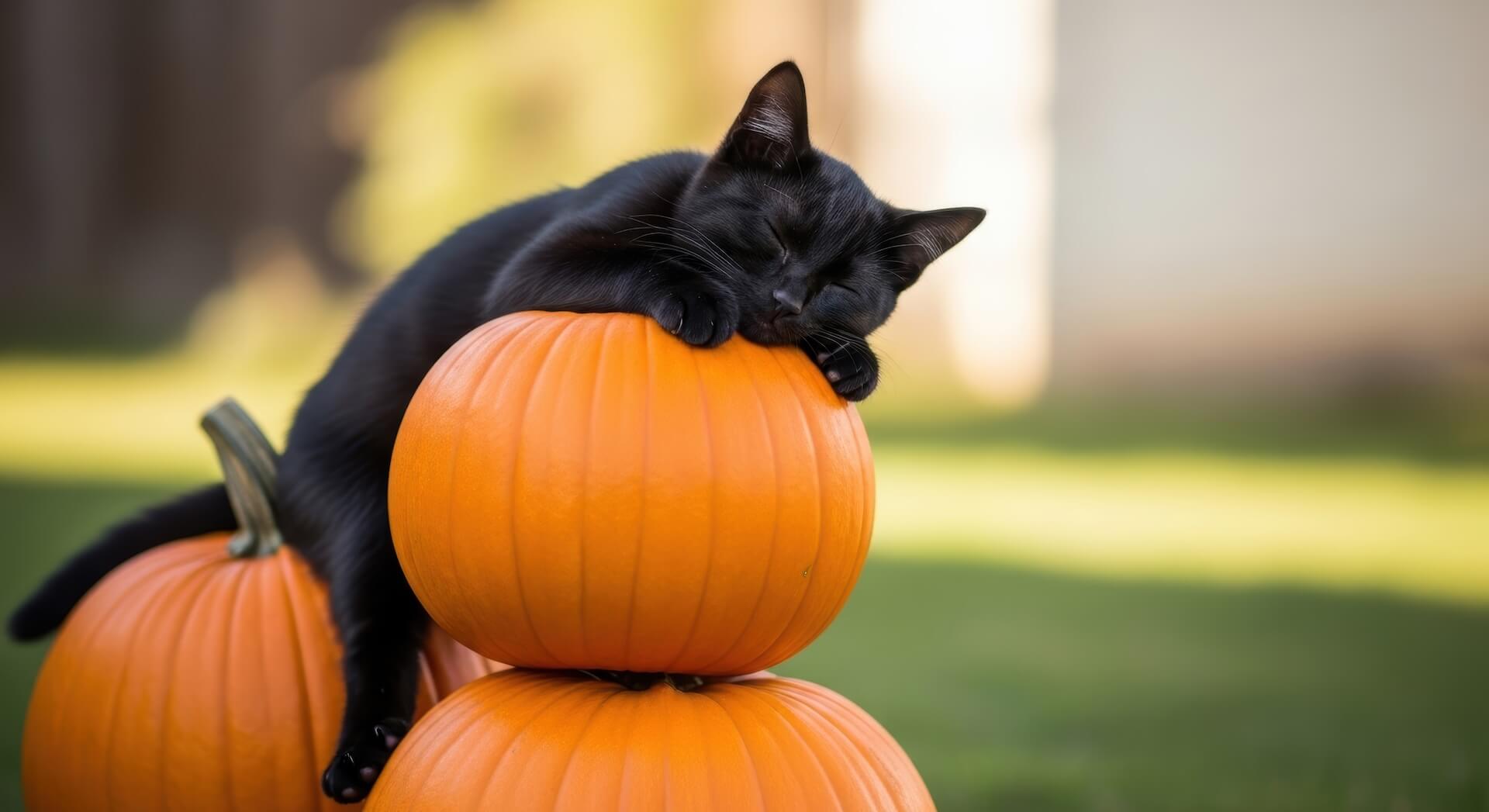
Pumpkin isn’t just for pies and lattes. Every fall, many pet parents wonder if their cats can eat pumpkin safely. The answer is yes! Pumpkin for cats can be both safe and beneficial when prepared correctly. From supporting digestion to adding a boost of fiber, pumpkin is more than a seasonal treat; it can actually be a simple way to promote your cat’s overall well-being.
So, let’s take a closer look at why pumpkin can be good for cats, the best ways to serve it, and what you should avoid.
Is Pumpkin Good for Cats?
Pumpkin isn’t a miracle cure, but it does offer several gentle health perks for cats. Its mix of fiber, water, and key vitamins helps support overall well-being in a few simple ways.
Here’s how pumpkin can help your cat:
- Supports healthy digestion. Pumpkin provides both soluble and insoluble fiber, which keeps your cat’s digestive system balanced.
- Adds hydration. Its naturally high water content helps cats that don’t drink enough water on their own.
- Provides gentle nutrients. Vitamins A, C, and E help maintain immune health, vision, and skin quality.
- Encourages fullness. The fiber can make cats feel satisfied with fewer calories, which may support weight management.
While pumpkin isn’t essential for every cat, it can be a simple, natural supplement when used occasionally and in moderation.
Key takeaway: Plain, cooked pumpkin can be a healthy, low-calorie addition for cats who need digestive support or a little extra fiber in their diet.
Does Pumpkin Help Cats with Constipation or Diarrhea?
Yes, pumpkin can help with both mild constipation and diarrhea. Its fiber content works differently depending on what your cat’s body needs.
When your cat has diarrhea, the soluble fiber in pumpkin absorbs excess water and firms up loose stools. For constipation, that same fiber draws water into the intestines, helping stools pass more easily.
Pumpkin can be especially helpful for cats who experience occasional digestive changes due to diet or stress. However, if problems persist for more than a day or two, or if you see blood in the stool, always contact your veterinarian.
Tip: Mix a small amount of plain pumpkin into wet food and give it time to work. Most cats respond within 12–24 hours.
The Best Ways to Serve Pumpkin to Cats
When adding pumpkin to your cat’s diet, it’s important to know which forms are safe and which should be avoided. Here’s a quick guide for each type.
Pumpkin Purée — Yes
Plain, unsweetened pumpkin purée is one of the best ways to serve pumpkin to cats. It’s soft, easy to mix into food, and full of fiber. Always choose 100% pure pumpkin with no added sugar, salt, or spices.
Tip: A teaspoon of plain pumpkin mixed into wet food is often enough for most adult cats.
Canned Pumpkin — Yes
Canned pumpkin can be a convenient, healthy choice as long as it’s plain pumpkin only. Check the label carefully to make sure it’s not pumpkin pie filling, which contains sugar and spices.
Pumpkin Seeds — Small Amounts Only
Pumpkin seeds contain healthy oils and nutrients, but they should be offered sparingly. If you choose to share them, roast the seeds plain and crush them before serving. Whole seeds can be a choking hazard and should be avoided.
Pumpkin Pie — No
Pumpkin pie may smell tempting, but it’s not safe for cats. It’s made with sugar, dairy, and spices like nutmeg, which can be toxic. Always skip desserts and stick to plain, cooked pumpkin.
Key takeaway: Plain, unseasoned pumpkin is the only safe option. Avoid pumpkin pie, spiced products, or anything with added sugar or salt.
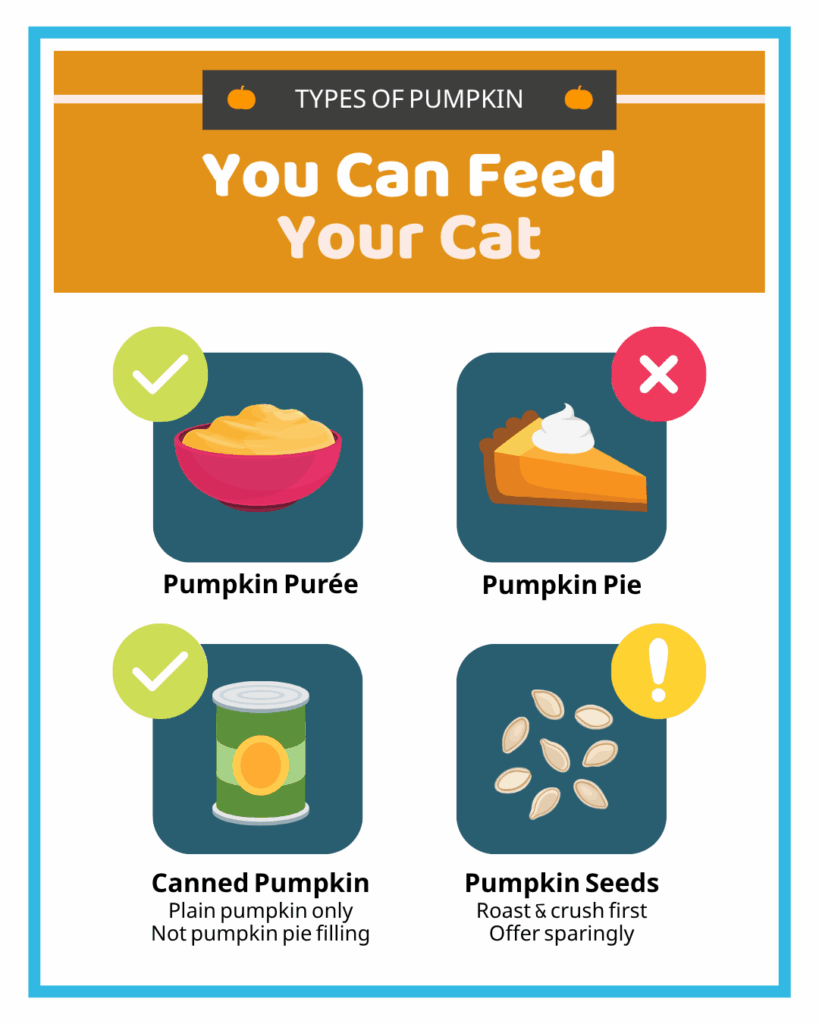
Do Cats Like Pumpkin?
Cats can be picky eaters, so whether they enjoy pumpkin really depends on the cat. Some love it mixed into their food, while others might ignore it completely. If your cat doesn’t seem interested, don’t worry, pumpkin isn’t an essential part of their diet. It’s simply a healthy supplement when they’re open to trying it.
How Much Pumpkin Should I Give My Cat?
When feeding pumpkin to your cat, start small and keep portions consistent. Most veterinarians recommend beginning with a small amount and adjusting based on your cat’s size and reaction.
Recommended Serving Amounts
- Small cats: ½ teaspoon of plain pumpkin mixed into food once per day
- Average cats: 1 teaspoon per day
- Large cats: Up to 2 teaspoons per day if tolerated well
Too much pumpkin can upset your cat’s stomach or cause loose stools, so it’s best to introduce it gradually. Always mix it with their regular food to make it easier to digest.
Tip: When in doubt, ask your veterinarian how much pumpkin is appropriate for your cat’s age, size, and health needs.
Can Kittens Have Pumpkin?
Yes, kittens can have pumpkin, but only in very small amounts and under veterinary guidance. Their digestive systems are more sensitive than adult cats, so even healthy foods should be introduced slowly.
Start with just a tiny taste, about a quarter teaspoon mixed into food, and monitor for any signs of stomach upset. If your kitten handles it well, you can offer it occasionally as a gentle source of fiber once they are fully weaned.
Key takeaway: Always check with your vet before adding pumpkin or any new food to a kitten’s diet, especially if they are still nursing or recently weaned.
Final Thoughts on Feeding Pumpkin to Cats
Pumpkin can be a healthy addition to your cat’s diet, but it’s best viewed as a supplement, not a solution. While it may help with mild digestive issues, it won’t replace professional care if your cat is sick or showing ongoing symptoms.
If your cat experiences persistent constipation, diarrhea, or appetite changes, always reach out to your veterinarian. They can help identify the cause and decide whether pumpkin or another treatment is right for your pet.
At NaJu Pets, we know how much you love your furry family members. Whether it’s grooming, boarding, or everyday advice to keep your cat feeling their best, our team is here to help you care for them in every season.
